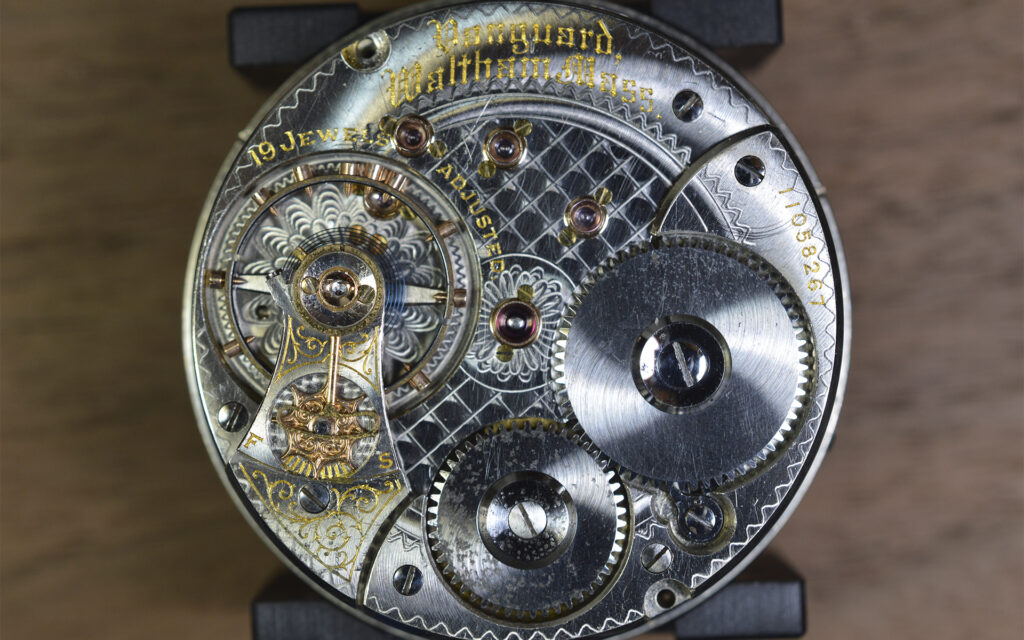What are watches made of? Surely every person has asked himself this question. In this article we will tell about types, construction and principle of work of mechanisms in a wrist watch. The clockwork mechanism is the heart of the device, feeding it with energy. The system works, thanks to it: the hands move on the dial, the alarm clock rings, the calendar and chronograph functions.
Currently, there are two main types of watch movements: using the energy of the spiral (mechanical) and electric pulses (quartz). Combined versions are also available. It is worth noting that electronic clocks work at the expense of the quartz mechanism, the only difference is the implementation of energy transfer. Below we will consider in detail the device and the principles of operation of both types.
The device and principle of operation of the mechanism with a balance
The principle of operation of the two types of devices, as well as the number of parts, are fundamentally different. Let’s consider a fully mechanical device.
Calibres include letters and numbers in their name, often citing the manufacturer and the functions of the movement. The diameter of the movement is measured in millimeters or lines (1 line is 2.255 mm). An important component of the movement are the stones. Until 1902, real precious rubies were used, while nowadays artificial rubies are used. They serve one purpose – to reduce the friction between the parts that occurs during operation. As the function of the movement increased, so did the number of stones.
The source of energy in mechanical watches is the spiral spring inside the winding barrel. When the watch is wound, it springs up, and when it unwinds, it sends an impulse to the barrel which, as it rotates, makes the entire movement work.
By the way the mainspring is wound, you can understand the type of movement. In a manually wound watch, the mainspring is wound and stored kinetic energy by turning the crown. This allows the watch to run for a certain amount of time, on average 24 to 72 hours.
Because the mechanical spring unwinds and yields energy irregularly, it reduces the accuracy of the movement (5 to 30 seconds per day). Other factors also influence the correctness of the watch indications: the position of the watch, temperature, wear of parts, bumps and shocks while in use, etc.
An automatic winding mechanism has been devised for ease of use. The alternative to manual winding was the rotor, which rotates around the central axis by the movements of the arm and winds the mainspring through a system of cogwheels. Modern models are equipped with particularly sensitive mechanisms, and a slight movement of the wrist is enough to power the watch every day without failure. If you do not intend to wear your watch for a long time, you can put it in a timewounder, a special box for automatic winding. A timmover is especially popular with collectors.
The device and the principle of operation of the quartz movement
Quartz appeared relatively recently with the development of electricity, but immediately conquered the market by mass due to its exceptional accuracy and ease of use.
How does a quartz movement work? Its operating principle is based on the conversion of electrical energy into kinetic energy.
The quartz movement consists of two parts. The first part, the oscillator, generates the vibrations of the oscillator which are stabilized by the quartz crystal. The oscillator produces 32768 vibrations per second. This is about 10,000 times more than the number of vibrations of the balance (spring) in a mechanical watch. The second part of the circuit is the divider. It converts the oscillations from the oscillator into pulses with a frequency of 1 hertz, which are then transmitted to the winding of the stepper motor.
The motor consists of stator, fixed coil with winding and rotor (permanent magnet on the axis). In principle, the scheme of operation is as follows: an electric impulse passes through the coil and creates a magnetic field, which turns the rotor by half a turn, which, in turn, rotates the hands through a system of gears.
One of the most popular quartz movements is the Japanese Miyota. The Japanese have made Miyota the benchmark for price and quality all over the world.
Fundamentally, the mechanism for the wall clocks does not differ from a copy for a wristwatch. The difference is in the size and layout of the components.
